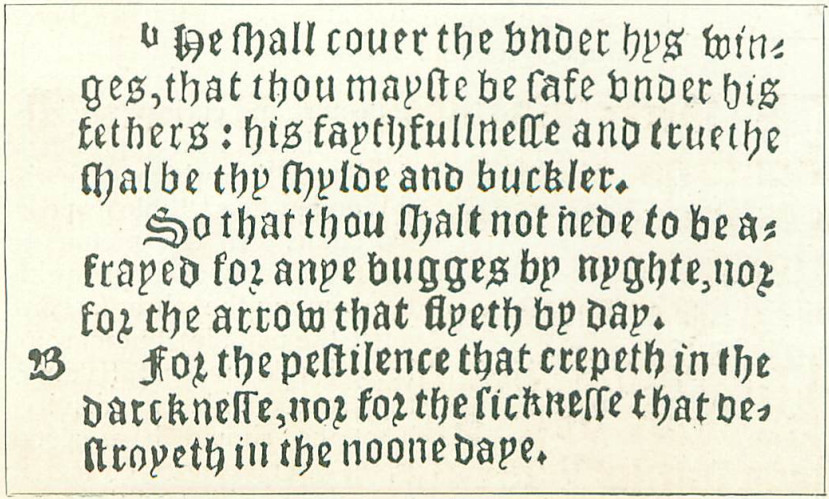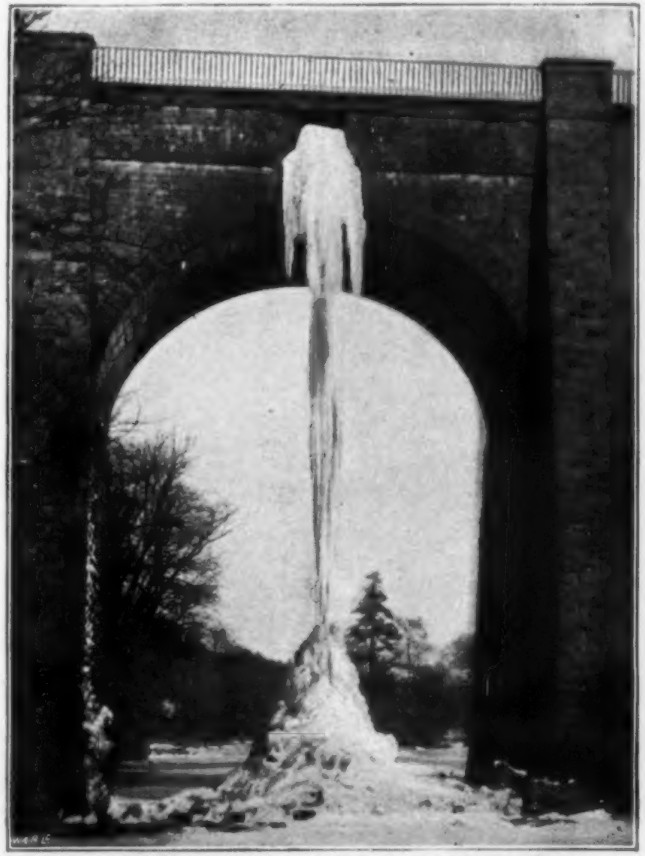
Scotland’s Paisley Abbey updated its gargoyles in 1991.

Scotland’s Paisley Abbey updated its gargoyles in 1991.
Dion is a person, a whole man. Theon is that part of Dion that does not include the left foot. Theon is a “proper part” of Dion — he’s part of Dion but not identical with him.
Now suppose we remove Dion’s left foot. What has happened? Do we now have two numerically different objects composed of the same matter and occupying the same place? If not, then either Theon or Dion has ceased to exist. Which? How?
(From Chrysippus.)
In It’s About Time (1935), Gerald Lynton Kaufman tells the fanciful story of sailor Timothy J. McCloskey, who was born on Leap Day 1876 and thus had celebrated only five birthdays when he went to sea in 1896. No leap year was observed in 1900, and he awoke after the night of February 28, 1904, to find that his ship had crossed the international date line in the night, bypassing Leap Day.
Thus he had to wait from February 29, 1896, to February 29, 1908, to advance from his fifth birthday (celebrated at 20 years of age) to his sixth birthday (celebrated at 32).
In Gilbert and Sullivan’s 1879 operetta The Pirates of Penzance, hero Frederic thinks he has completed his pirate apprenticeship at the end of his 21st year — but learns that he was born on February 29 and so must serve another 63 years to reach his “twenty-first birthday.”
How quaint the ways of Paradox!
At common sense she gaily mocks!
Though counting in the usual way,
Years twenty-one I’ve been alive,
Yet reckoning by my natal day,
I am a little boy of five!

On the evening of June 18, 1875, a fire broke out near a bonded storehouse on Ardee Street in Dublin, and by 9:30 some 5,000 hogsheads of whiskey had begun to explode in the heat. “Within an hour,” reported the Irish Examiner, “the surrounding streets resembled canals of flame.”
The “blazing stream … turned into Ardee-street, passed Watkins’ Brewery without damage, but catching the premises at the corner of Chamber-street, set fire to these, and continuing its course down into Mill-street, speedily demolished the entire of the row of small houses forming the south side of that thoroughfare.”
The evacuation was relatively rapid, and no one perished directly due to the fire. But “many of the crowd indulged to excess, drinking in some instances out of their shoes and hats, in which they had collected the whiskey.” As the undiluted spirits were much more potent than bottled retail whiskey, some 24 citizens were hospitalized due to alcohol poisoning, and 13 eventually died.

From an 1897 Strand feature on odd Bibles:
Perhaps the rarest of all the curious Bibles is the famous ‘Bugge’ Bible, an edition of Matthew’s Bible, published in 1551. In this we read, at Psalms xci., 5, ‘So that thou shalt not nede to be afrayed for anye bugges by nyghte.’
Possibly “bugge” was understood as equivalent to the modern word bogie, or ghost. See Oops.
In 1876 the Belgian Society for the Elevation of the Domestic Cat transported 37 cats from Liège to the surrounding countryside. Released at 2 p.m., the first had found its way home by 6:48, and the rest followed within a day.
“This result has greatly encouraged the society, and it is proposed to establish at an early day a regular system of cat communication between Liège and the neighboring villages,” reported the New York Times.
“Messages are to be fastened in water-proof bags around the necks of the animals, and it is believed that … the messages will be delivered with rapidity and safety.” Somehow the plan wasn’t carried through; it’s hard to imagine why.
What’s the greatest number of Fridays that can fall in February? We might say five, imagining a leap year in which February 1 falls on a Friday.
“However, it is possible to reckon double the number of Fridays in the month of February alone,” contends Soviet science writer Yakov Perelman. “Imagine a ship plying between Siberia and Alaska and leaving the Asiatic shore regularly every Friday. How many Fridays will its skipper count in a leap-year February of which the 1st is a Friday? Since he crosses the date line from west to east and does so on a Friday, he will reckon two Fridays every week, thus adding up to 10 Fridays in all.”
“On the contrary, the skipper of a ship leaving Alaska every Thursday and heading for Siberia will ‘lose’ Friday in his day reckoning, with the result that he won’t have a single Friday in the whole month.”
(From Astronomy for Entertainment, 1958.)

In Scranton, Pennsylvania, Washington crosses Delaware.

During the severe frost of February 1895, a stream of water overflowing Scotland’s Almond Aqueduct began to freeze to the River Almond 120 feet below. Over the course of three nights the mass grew upward until river and bridge were connected by a continuous pillar of ice, the largest such formation on record at the time.
“When the sun shone upon the giant mass,” observed the Strand, “the iridescence was beautiful, and people came from miles around to look at it.”
(Jeremy Broome, “Freaks of Frost,” Strand 12:12 [December 1896], 738-746.)